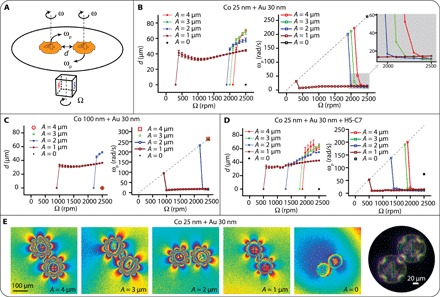Fig. 2. Studies of pairwise interactions between two micro-rafts.

(A) Schematic showing magnet rotation speed Ω, individual micro-raft rotation speed ω, edge-to-edge distance d, and precession speed ωp. (B) Plots of d and ωp versus Ω for micro-rafts coated with 25-nm cobalt and 30-nm gold. Higher amplitudes create larger separations and induce capillary assembly (d = 0) at higher critical Ω’s. The dashed line in the ωp versus Ω plot corresponds to the line ωp = Ω. The zoomed-in region shows an increase in ωp for A = 2 to 4 μm before assembling, suggesting capillary coupling near the onset of assembling. The control micro-rafts with A = 0 assemble at 2500 rpm, because no capillary repulsion exists between them. (C) Plots of d and ωp versus Ω for micro-rafts coated with 100-nm cobalt and 30-nm gold. The overall magnetic potential created by the permanent magnet exerts stronger attractive interactions for micro-rafts with 100-nm cobalt than for micro-rafts with 25-nm cobalt. Therefore, the onsets of assembling shift to higher Ω’s for all A’s. (D) Plots of d and ωp versus Ω for micro-rafts coated with 25-nm cobalt and 30-nm gold and further functionalized by a layer of SAM of heptanethiol (HS-C7) to make the micro-raft surface hydrophobic. The general trend of surface hydrophobization is to push the onset of assembling toward lower Ω’s. (E) The first five images are the phase images obtained from a digital holographic microscope (DHM) for two micro-rafts of various amplitudes. All images were taken when the micro-rafts were spinning at 2500 rpm. The rightmost image is an optical microscope image showing a typical assembled structure. The arc angle θ is 30° for all micro-rafts in this figure.
